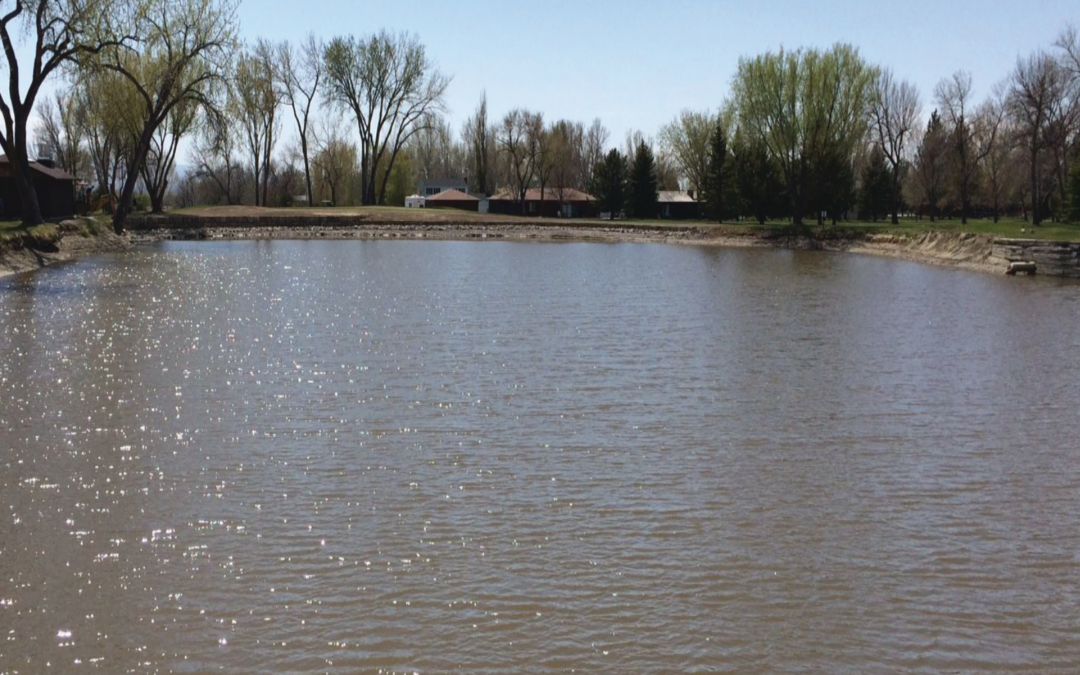
by Juls Clemente | Sep 24, 2021 | Case Studies, Freshwater
Water Clarity 5.5 Acres A country club in Montana was having issues with water clarity in their irrigation ponds. The two ponds had a total surface area of 5.5 acres. The water bodies were filled with treated wastewater. Additionally, the ponds received runoff from...
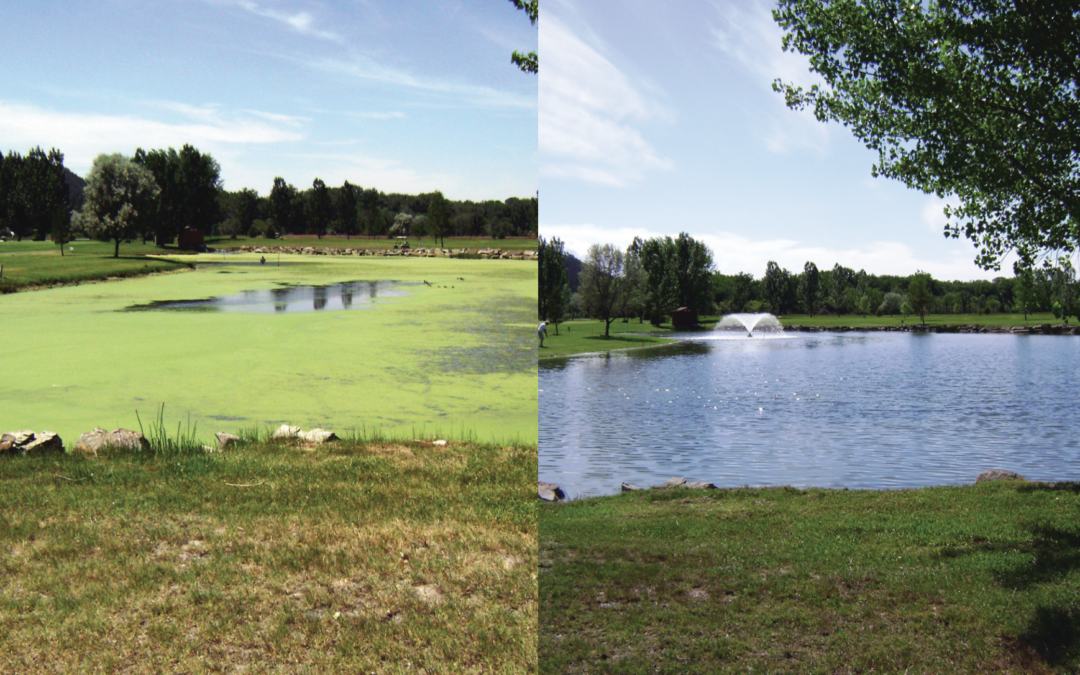
by Juls Clemente | Sep 24, 2021 | Case Studies, Freshwater
Freshwater Pond 1.5 acres, 6-8 ft depth Algal and aquatic weed growth is a persistent issue impairing water clarity in freshwater ponds. Warm water temperatures and nutrient loads promote algal and plant growth in these systems, especially when organic matter content...
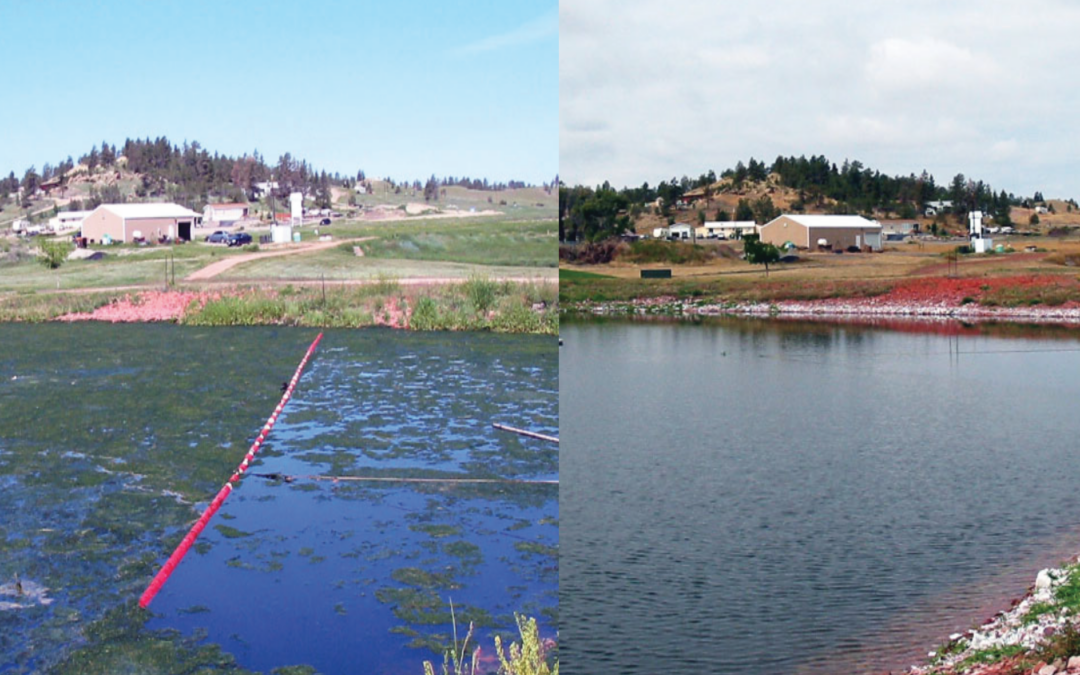
by Juls Clemente | Sep 24, 2021 | Case Studies, Freshwater
Freshwater Pond, 2 Acres The water clarity of freshwater ponds can be impaired by organic material which accumulates in response to high nutrient loadings. Eutrophic surface water conditions, enriched with high nutrient concentrations, can promote excessive algal...
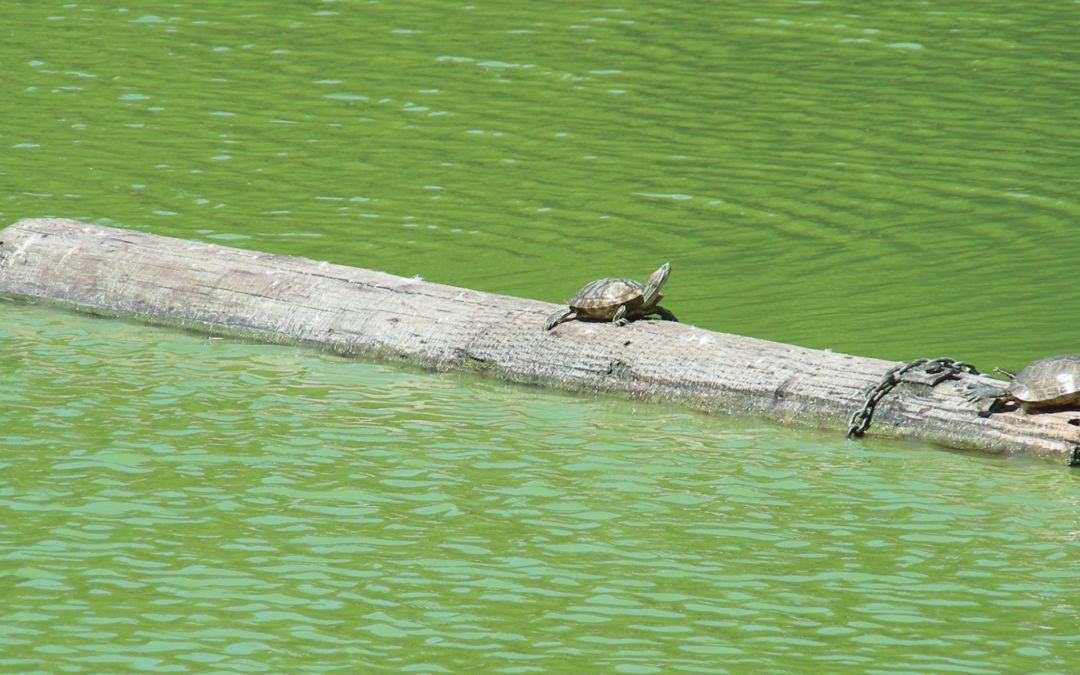
by Juls Clemente | Sep 24, 2021 | Case Studies, Freshwater
Freshwater Pond, 3 Acres, 20 Feet Deep Achieving good water clarity in freshwater ponds can be challenging, especially during spring and summer months. Algal growth is a common issue that increases suspended solids in open water bodies. Excess algal biomass can...
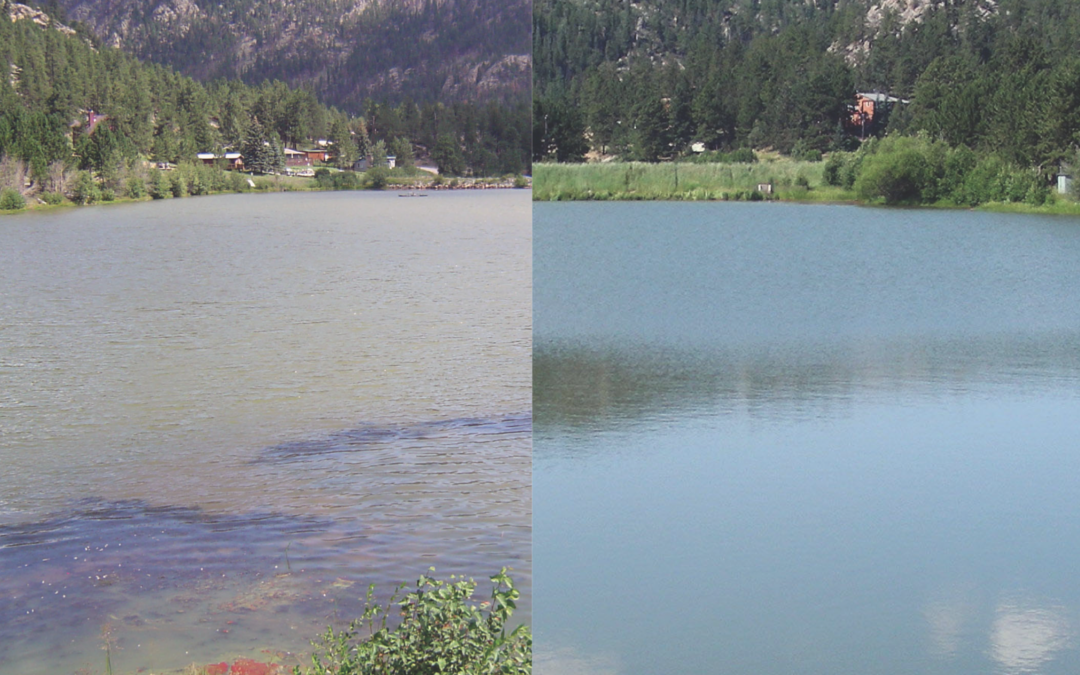
by Juls Clemente | Sep 24, 2021 | Case Studies, Freshwater
Maintaining good water clarity is essential when managing drinking and recreational water resources. Freshwater pond systems have constant organic inputs from vegetation, biosolids, and runoff. In the spring and fall, changing water temperatures and densities can...

by Juls Clemente | Nov 11, 2020 | Denitrification, Denitrification, Wastewater Articles, Wastewater Product, White Papers - Gated
biological denitrification technology “The biological denitrification technology is based on the conventional theory that carbon is the limiting factor in the efficiency of biological denitrification. Heterotrophs utilize carbon from organic compounds like sugars,...








